The many possibilties of hybrid organic/inorganic van der Waals heterostructure systems where highly-ordered (supra)molecular layers are interfaced with inorganic 2D materials are discussed.
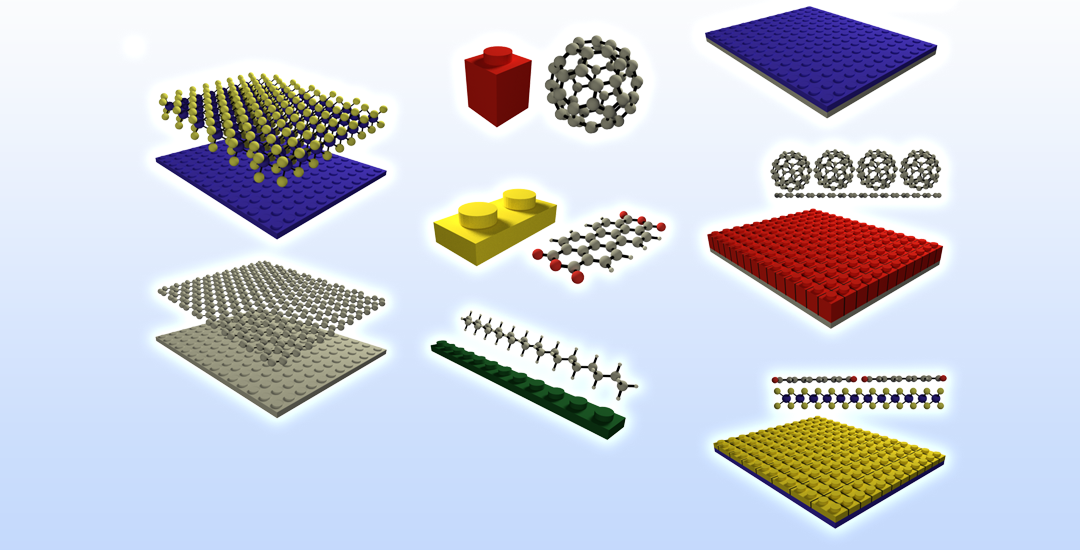


The many possibilties of hybrid organic/inorganic van der Waals heterostructure systems where highly-ordered (supra)molecular layers are interfaced with inorganic 2D materials are discussed.
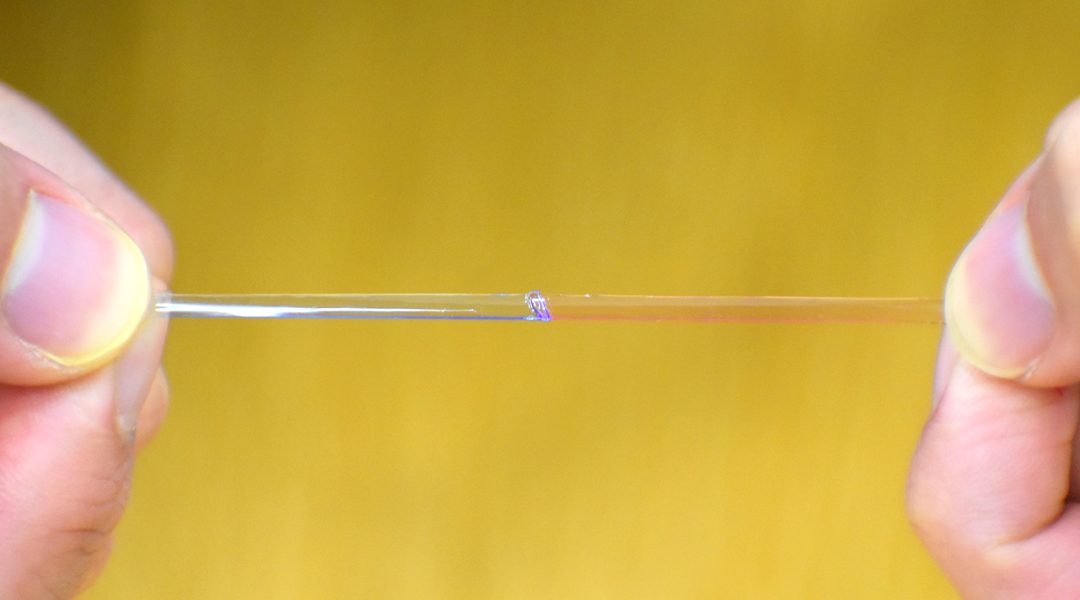
Robust electronic skin by utilizing supramolecular chemistry to produce a tough, self-healing elastic material.
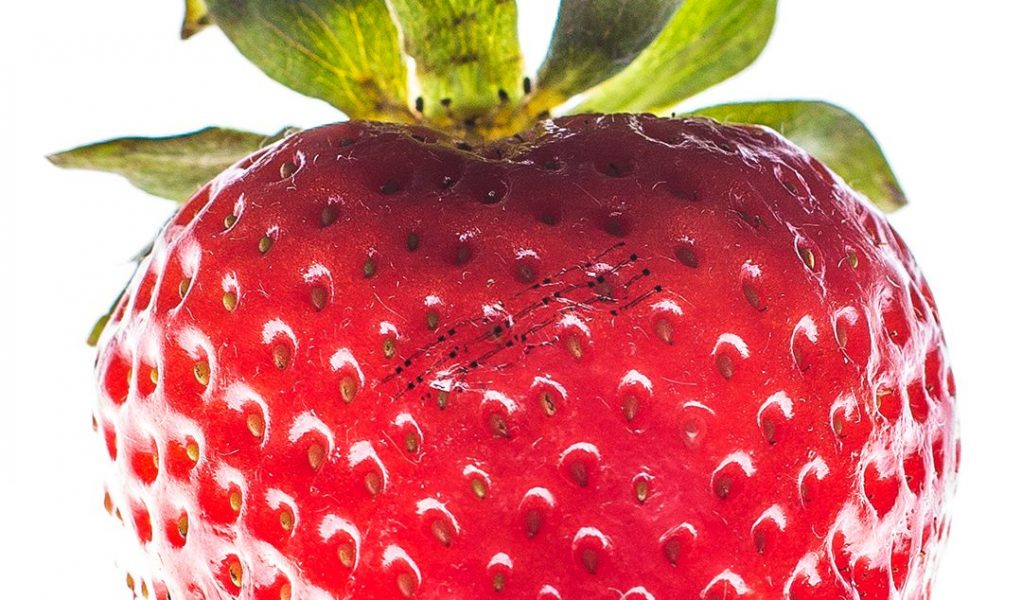
The first seeds towards non-invasive edible electronics are sown.
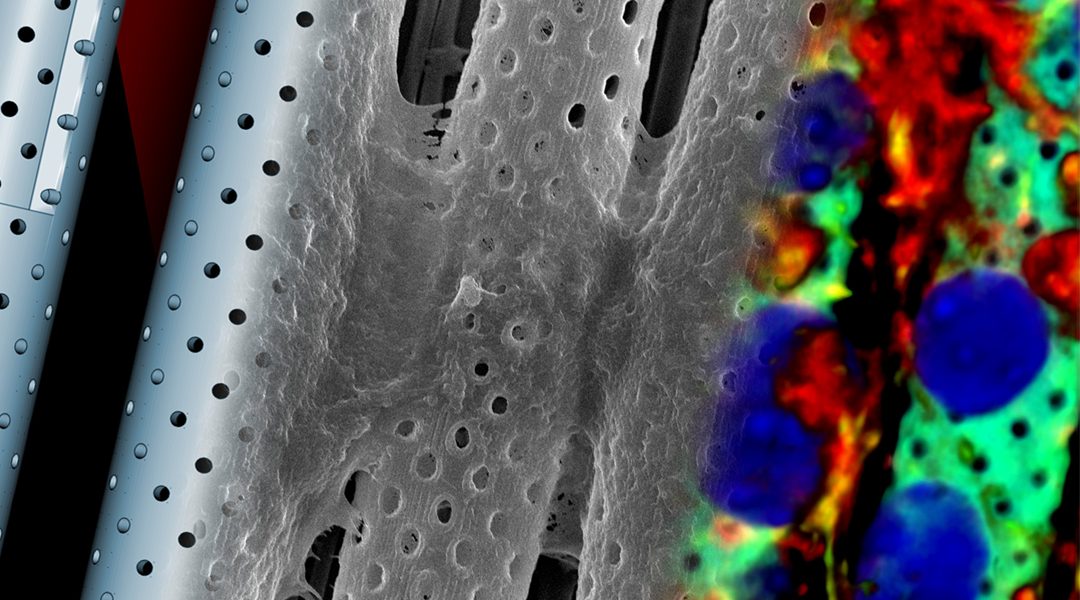
Bioinspired, biohybrid device design and fabrication strategy for investigating the ability of therapeutics to cross the blood brain barrier.
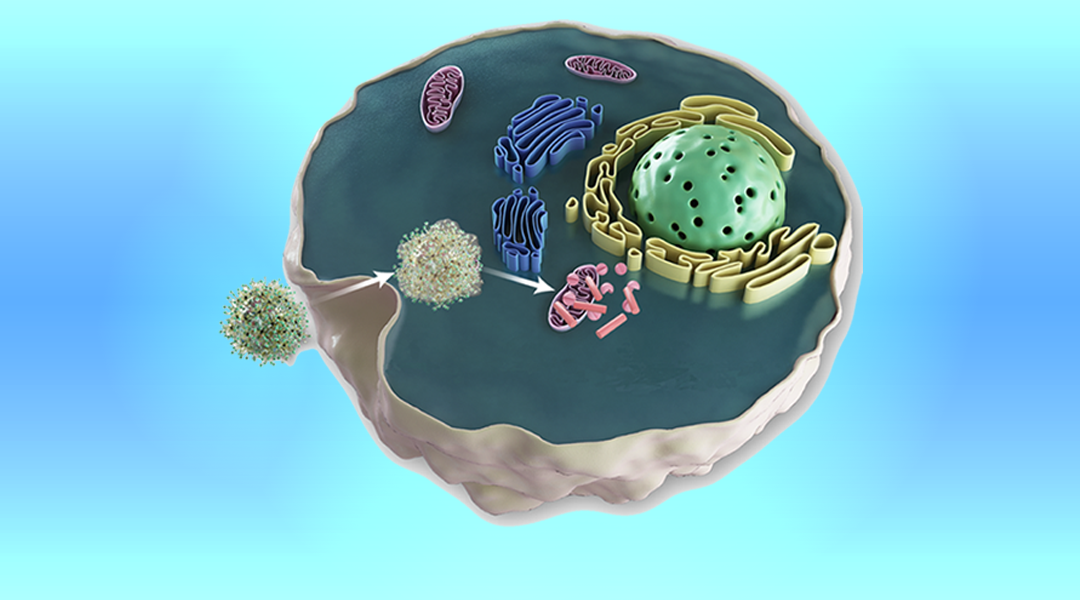
A novel reactive oxygen species (ROS)-promoted nanomedicine platform can effectively inhibit tumor growth, reduce side effects experienced in common anticancer drugs, while promote on-target uptake.
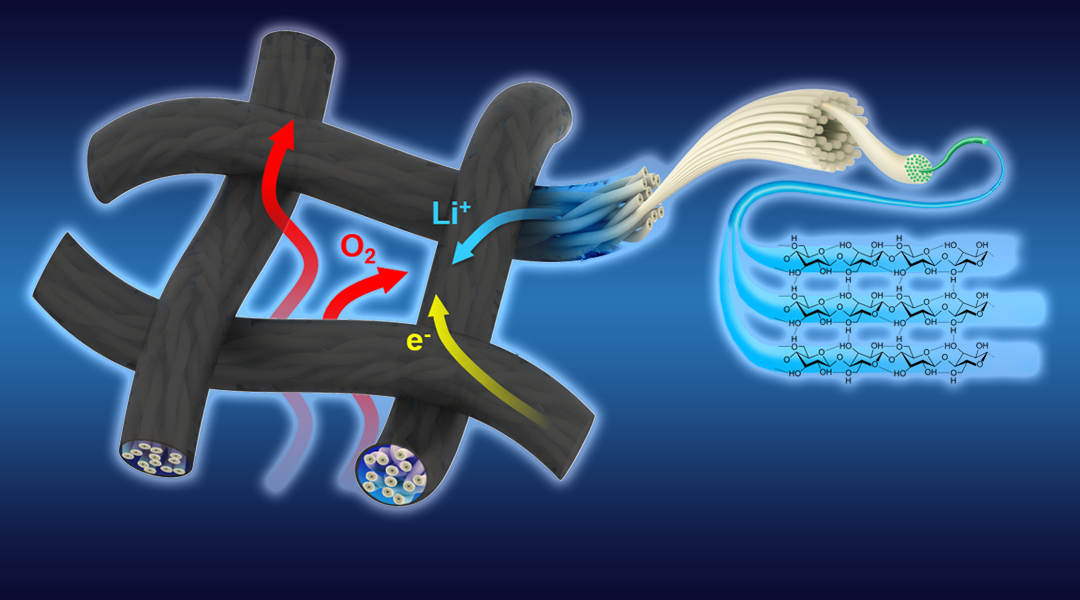
A novel flexible textile-based cathode with a unique triple-phased structure is presented, that shows improved non-competitive transport properties.
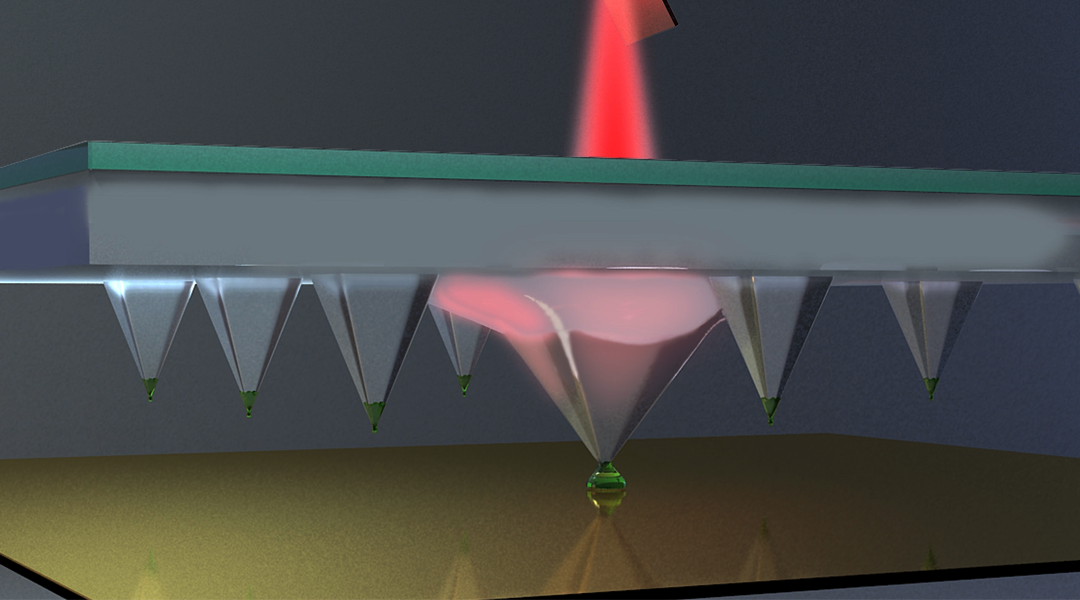
Local control of pens in a large-scale pen array can be achieved by using a nanotube composite that is photo-responsive to fabricate each individual pen.
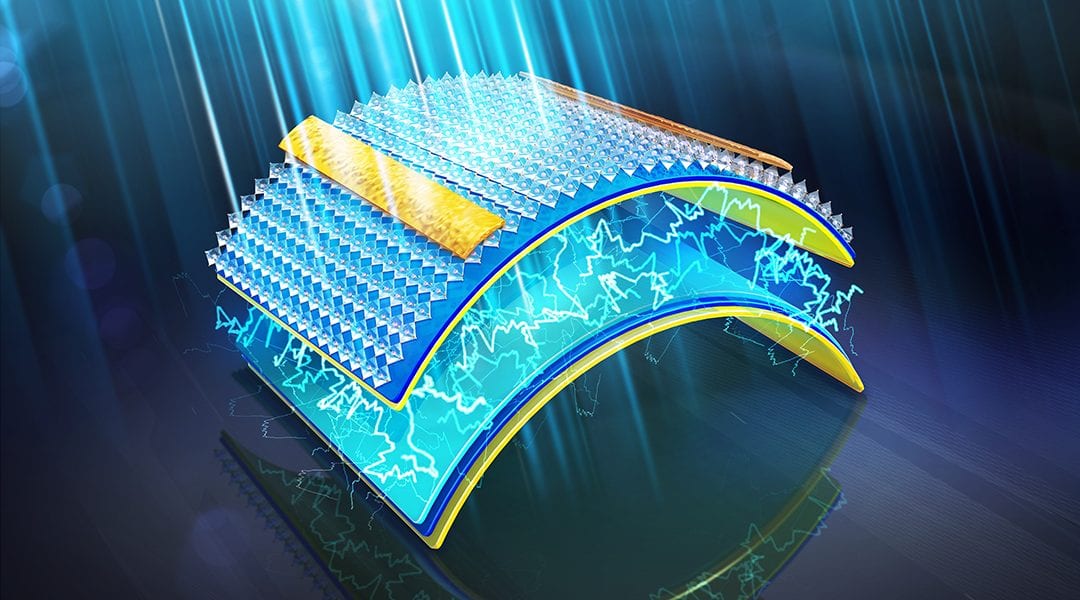
Next-generation electronics should be wearable, versatile, and energy-efficient. A new sensor systems combined with a triboelectric nanogenerator provides an excellent solution.
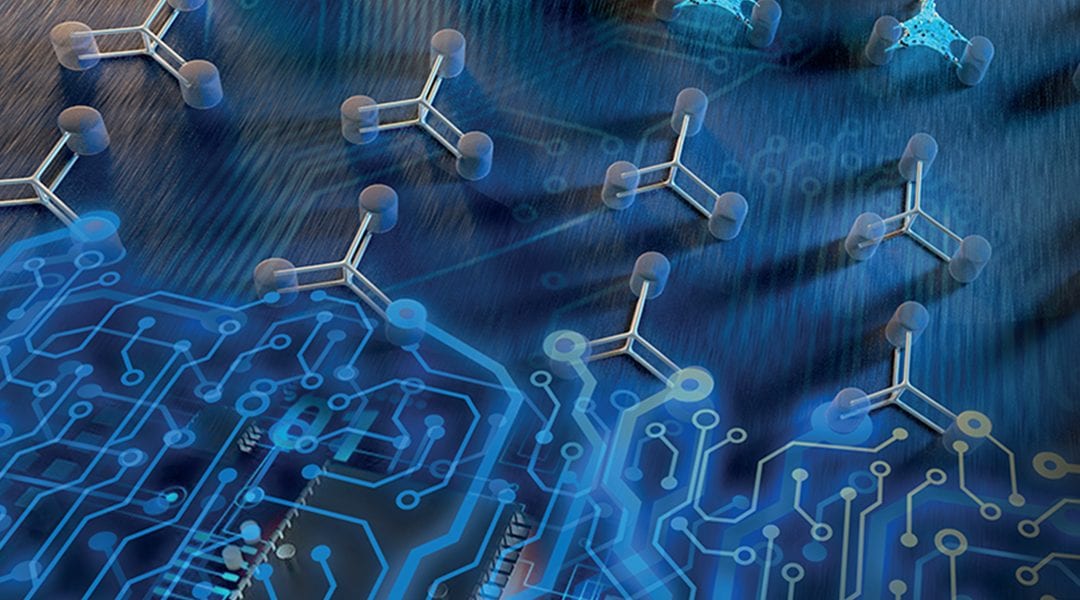
Complex micro and nanodevices are fabricated using a simple strategy that enables sophisticated architectures to be produced.
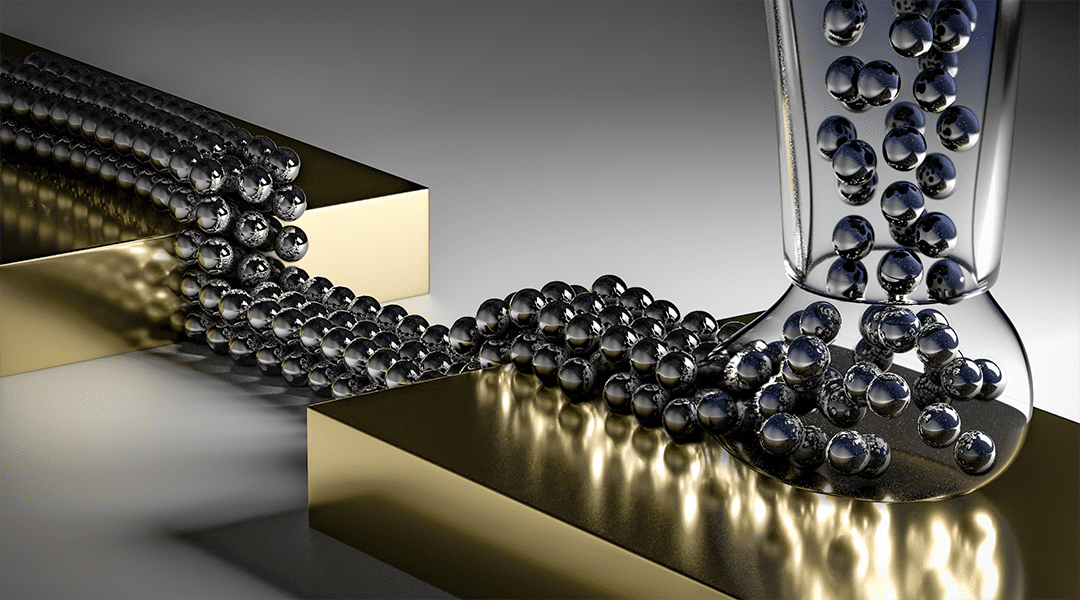
A nanoprinting strategy to produce nano and microscale lines and components for electronic applications.